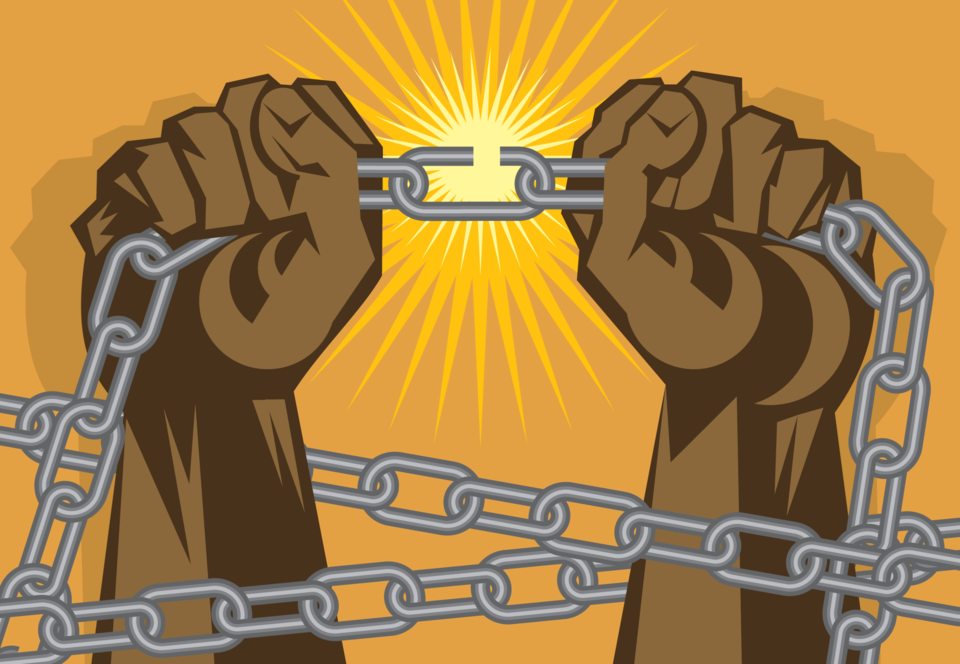Fifty years since its founding, Offender Aid & Restoration (OAR) is now gazing a half-century into the future.
It is a future, organization leaders hope, where its services will no longer be needed.
“We really don’t want to exist 50 years from now,” said the organization’s executive director, Elizabeth Jones Valderrama, expressing the desire that by then there will be “a society where nobody will need us.”
Her remarks came at OAR’s 16th annual “liberation celebration,” a fund-raising/motivational event held online the morning of April 23. More than 70 people attended.
“It is such a gift to be here with you all – we have lots to celebrate and commemorate,” said Alejandra Santaolalla, the organization’s board chair. “We’re excited to bring you lots of joy this morning.”
OAR’s social-safety-net services (which cover Arlington, Alexandria and Falls Church) provide support to those who are, or may become, involved in the criminal-justice system. It is a two-pronged approach:
• “Upstream” initiatives are focused on advocacy and other efforts to change laws and behavior so fewer people find themselves enmeshed in the justice system.
• “Downstream” work provides support, such as diversion programs and community service, so those convicted of crimes can avoid jail or prison, while also providing post-incarceration services for those who have served time.
Katy Steinbruck, who has worked for the organization for nearly a quarter-century, related the story of George, who received an array of OAR support services after his release from incarceration. They ranged from vocational training and transportation assistance to housing support and mental-health services.
George’s life has stabilized, and he continues to volunteer at a safety-net organization while also serving as “a source of motivation for others,” Steinbruck said.
But such efforts can be financially straining to the organization. OAR’s direct services to George totaled approximately $3,800, Steinbruck said, and working with some clients can be as costly as $40,000.
“A lot of times when people come out [from incarceration], they need almost everything,” she said.
The fund-raising event is held in April each year, which also serves as National Second Chance Month. About a third of those who participated this year were first-time attendees.
As is her practice, Jones Valderrama kept the tempo upbeat, starting with a disco-fied music mix blasting classics from The Bee Gees, Donna Summer, and KC and the Sunshine Band.
“All Zoom meetings should start this way,” attendee Susan Craig said.
(“I think you are the most joyous person I know,” attendee Helen Saks told Jones Valderrama in the chat section.)
OAR’s roots date to 1974, when people from local faith communities who were volunteering in a local jail banded together to provide mentoring and job-search assistance to those housed there. The organization received its first public funding (from the Arlington County government) in 1981.
Nationally, the offender-aid-and-restoration movement can trace its roots to efforts occurring in Charlottesville following a 1968 prison riot, which aimed to break the cycle of recidivism that made incarceration a revolving door for many.
• • •
For information on the organization, its services and volunteer opportunities, see the Website at www.oaronline.org.



